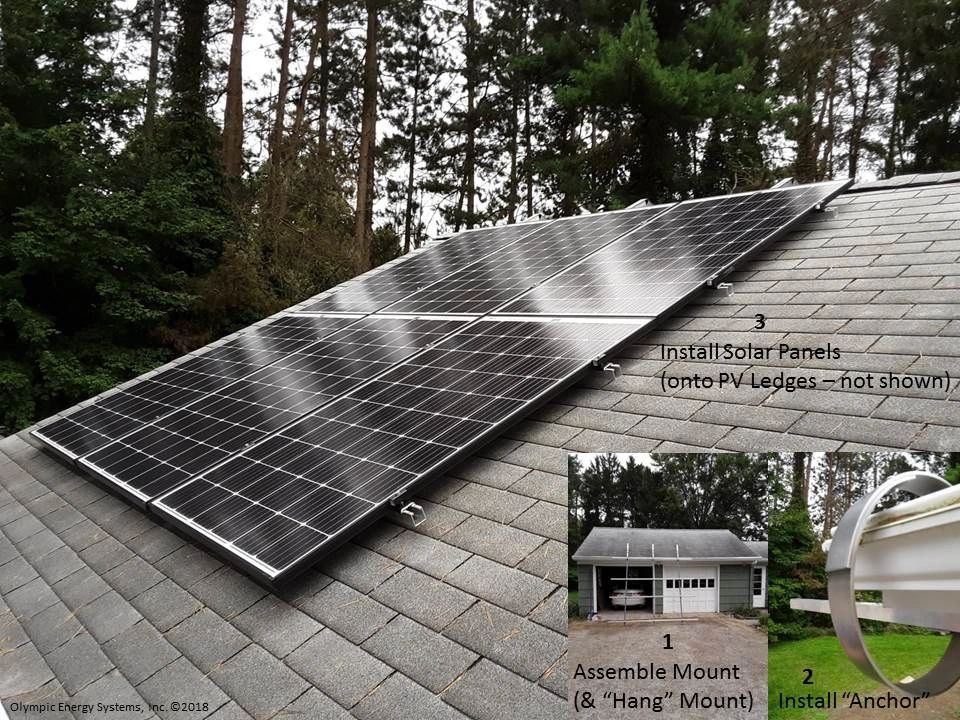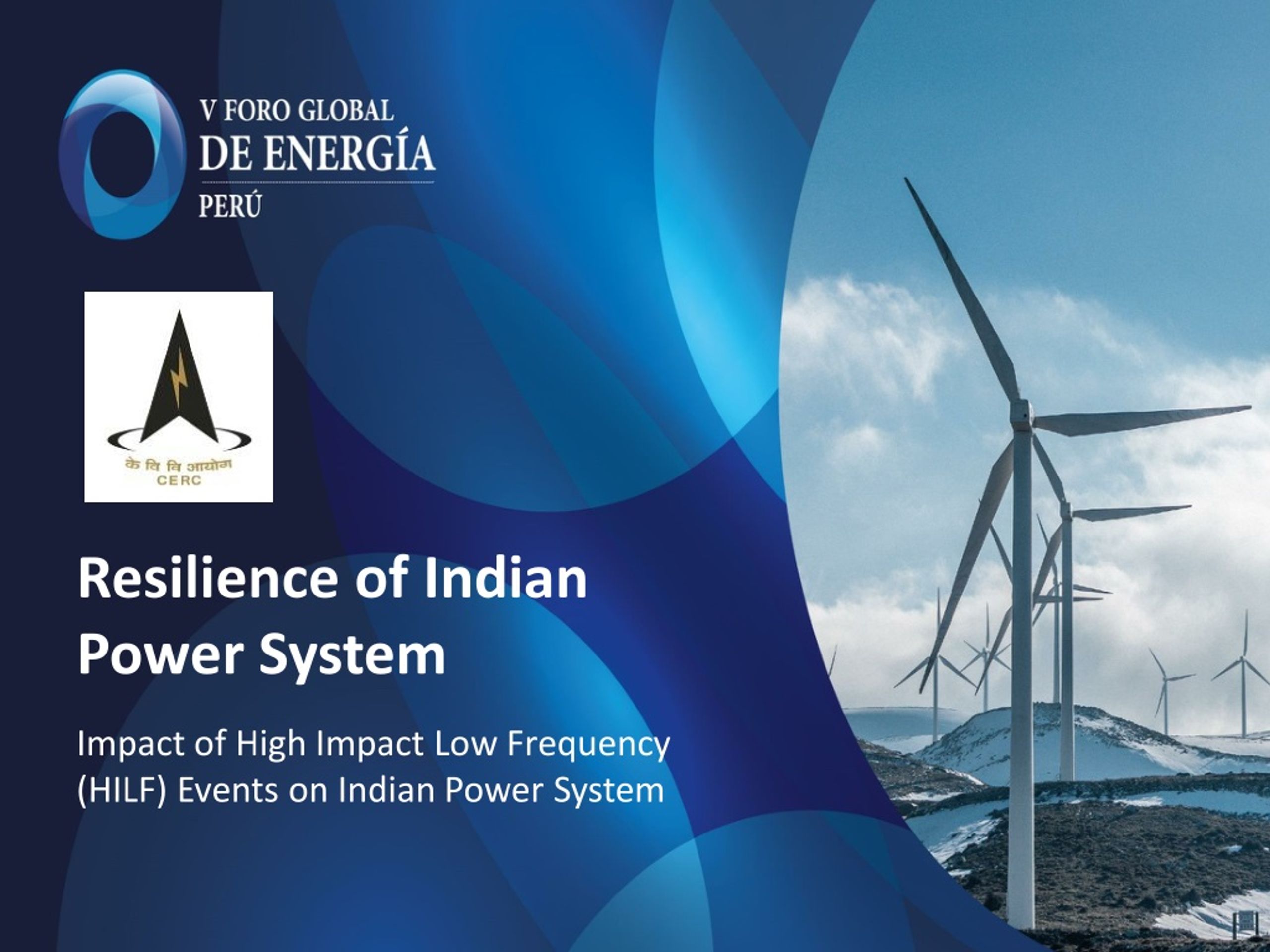Harvesting Solar Power: A Guide to Efficient Energy Capture
Harvesting Solar Power: A Guide to Efficient Energy Capture
The utilization of solar power is a sustainable and renewable approach to meeting energy needs. This article provides a comprehensive guide on how to efficiently harvest solar energy, exploring technologies, installation considerations, and the environmental benefits associated with solar power.
Understanding Solar Energy Harvesting Technologies
Solar energy harvesting involves capturing sunlight and converting it into usable electrical power. Two primary technologies for this purpose are photovoltaic (PV) cells and solar thermal systems. PV cells directly convert sunlight into electricity, while solar thermal systems use sunlight to generate heat, which is then





